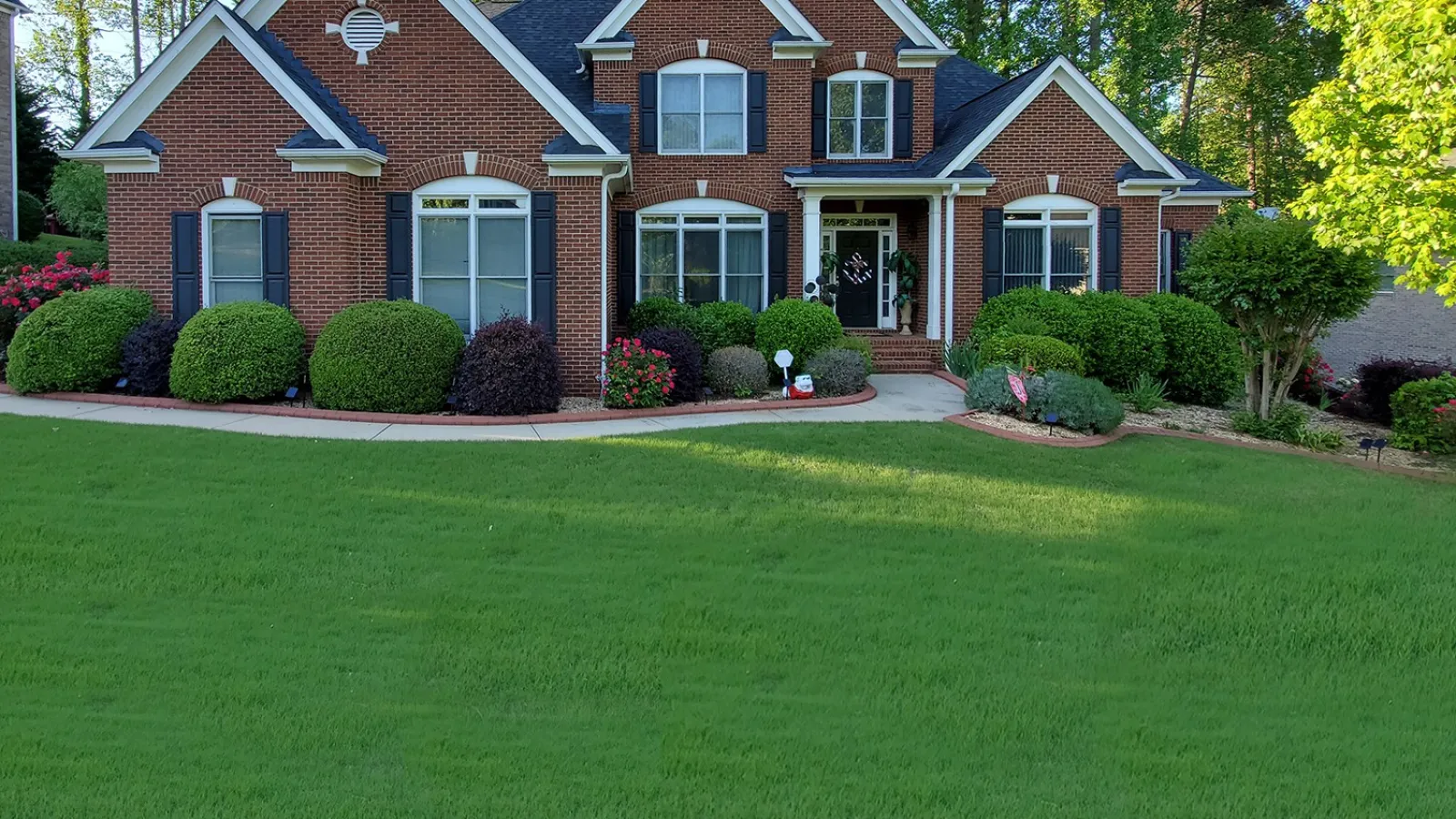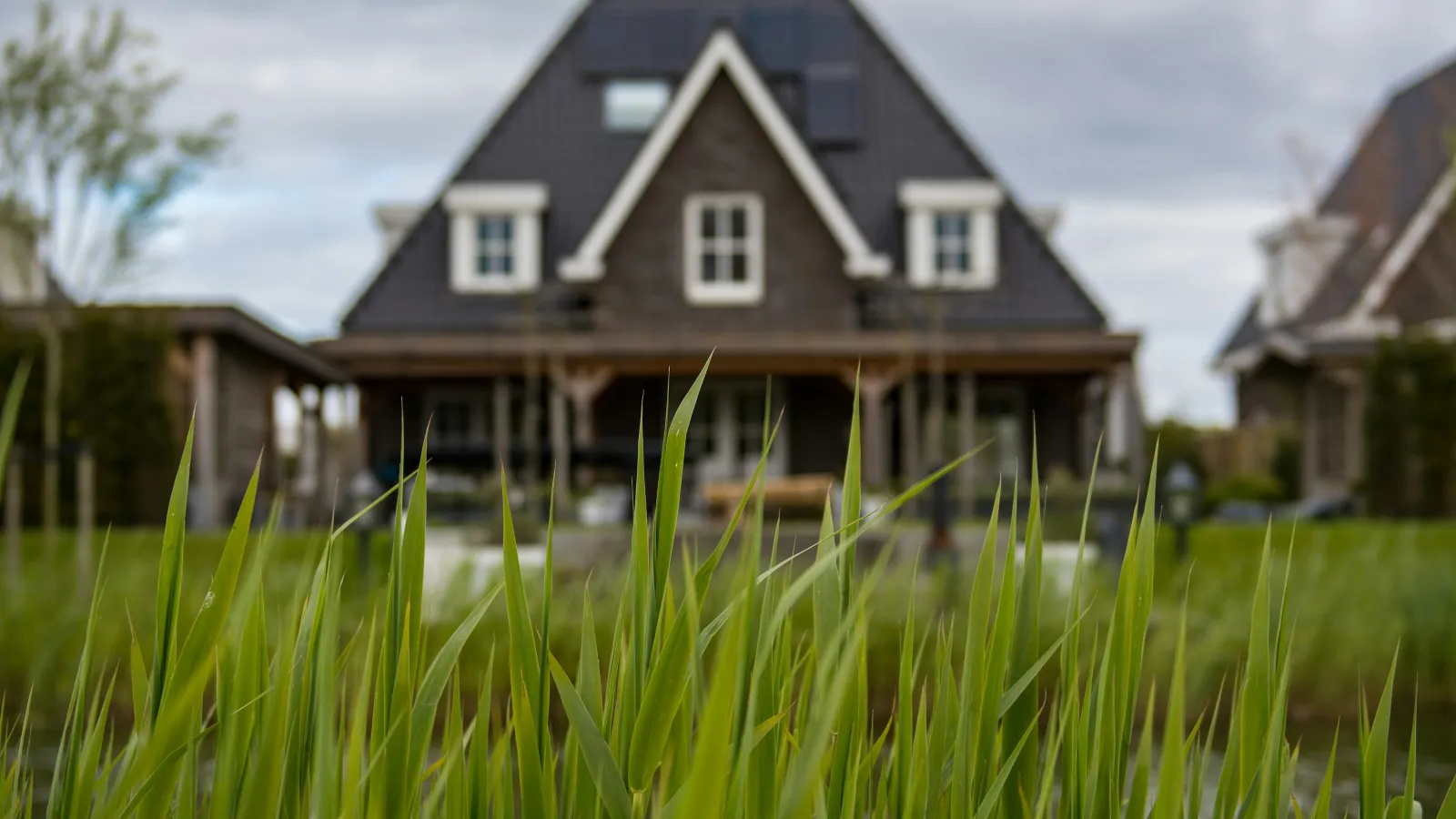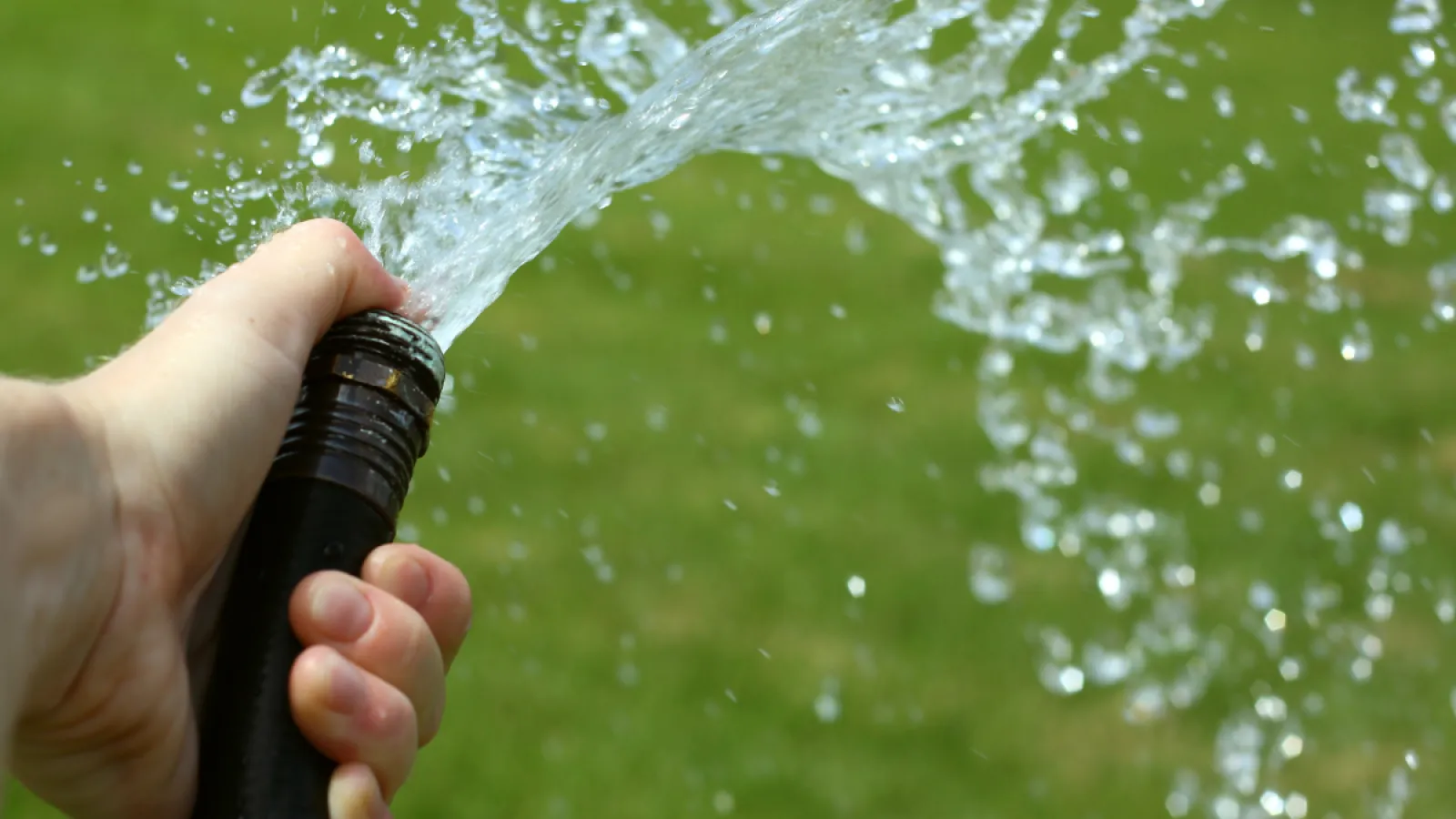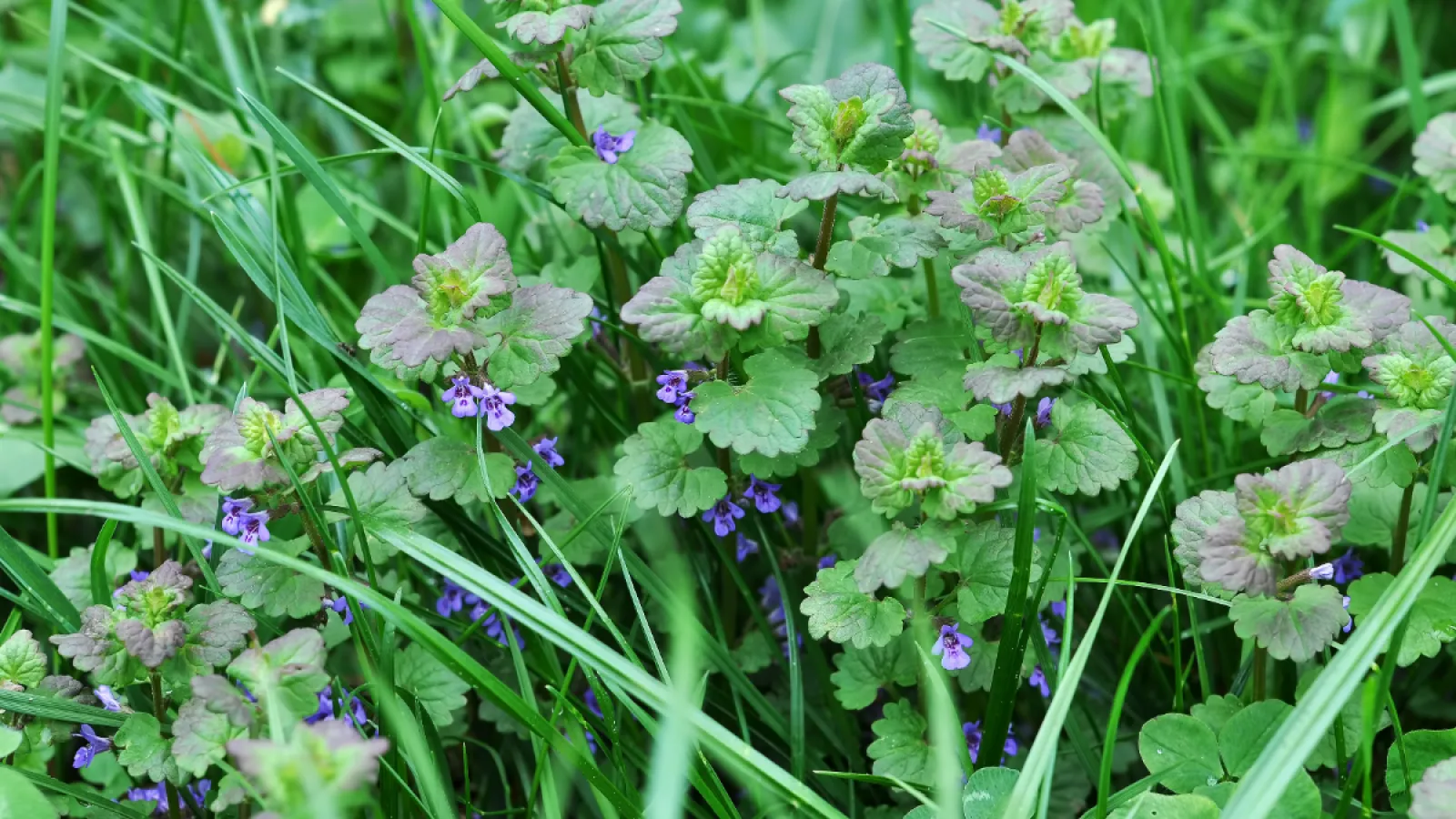
How to Maintain a Healthy Summer Lawn
Summer is in full swing, meaning you are likely spending more time outside. With your lawn being a central place where much of that time is spent, it’s important to keep it healthy. Summer’s dry heat can present unique challenges to maintain a healthy summer lawn, but we have plenty of tips to help you keep up with it and overcome these challenges.
Watering your lawn in the summer
No time is more important than summer when it comes to properly watering your lawn. Generally speaking, lawns should receive at least 1 inch of water per week to stay healthy. To ensure your lawn is receiving an inch of water per week, place an empty tuna can in each irrigation zone. Note how long it takes to fill the can. You now know how long each zone must run to provide 1 inch of water. Divide the time in half and run each zone twice per week for that amount of time, unless of course Mother Nature helps water your lawn.
Watering your lawn early in the day will give the soil enough time to absorb the water before the sun is at its peak. This will prevent the water from evaporating and keep your summer lawn healthy.
Another thing you should consider when watering your lawn is the location. If your lawn is sloped, it will require more water. If it is shaded, it may require less water. One thing is for sure, deep waterings no more than twice a week are far superior to frequent, shallow watering.
Drought damage
If your lawn doesn’t receive enough water, it can experience drought damage. Here are a few symptoms of drought damage:
- Change in grass color or hue
- Impressions left in the grass after you step on it, meaning your lawn isn’t springing back up after items (or feet) are placed on it
- Crunching and crackling under the pressure of your steps
- Grass blades wilting and folding over
If your turf is a warm-season grass, such as bermuda or zoysia, you can heal drought damage with proper watering, fertilization, and aeration.
For cool-season grasses like fescue, a core aeration and seeding treatment will be needed in the coming Fall to help with drought damage. Learn more about core aeration and seeding here.
Mowing your lawn this summer
Often, when the image of a perfectly mowed lawn comes to mind, we think of grass that is short. In the summer, though, it’s necessary to let your grass grow a bit longer to provide shade for your lawn’s soil. This helps prevent the summer heat from evaporating your new watering methods that you’re implementing for this season. Keeping the grass longer will also allow roots to grow further into the soil, giving your lawn a fuller appearance.
A length between 3 to 4 inches is ideal for cool-season grasses. Warm-season lawns will do great with just 1 to 2.5 inches and can even be maintained as low as .75 inches.
Always mow your lawn in a different direction to avoid creating a pattern. Remember, keeping your mower blade sharp keeps your lawn looking better and helps prevent fungal disease when grass blades are torn and not cut.
Relax and enjoy a healthy summer lawn
Each lawn is different and you may have a hard time identifying just what your lawn needs this summer. We can take care of your lawn needs for you, allowing you to sit back and relax. We’ll even come out for a free estimate and tell you exactly what you need. Take the first step toward a perfect lawn here!


